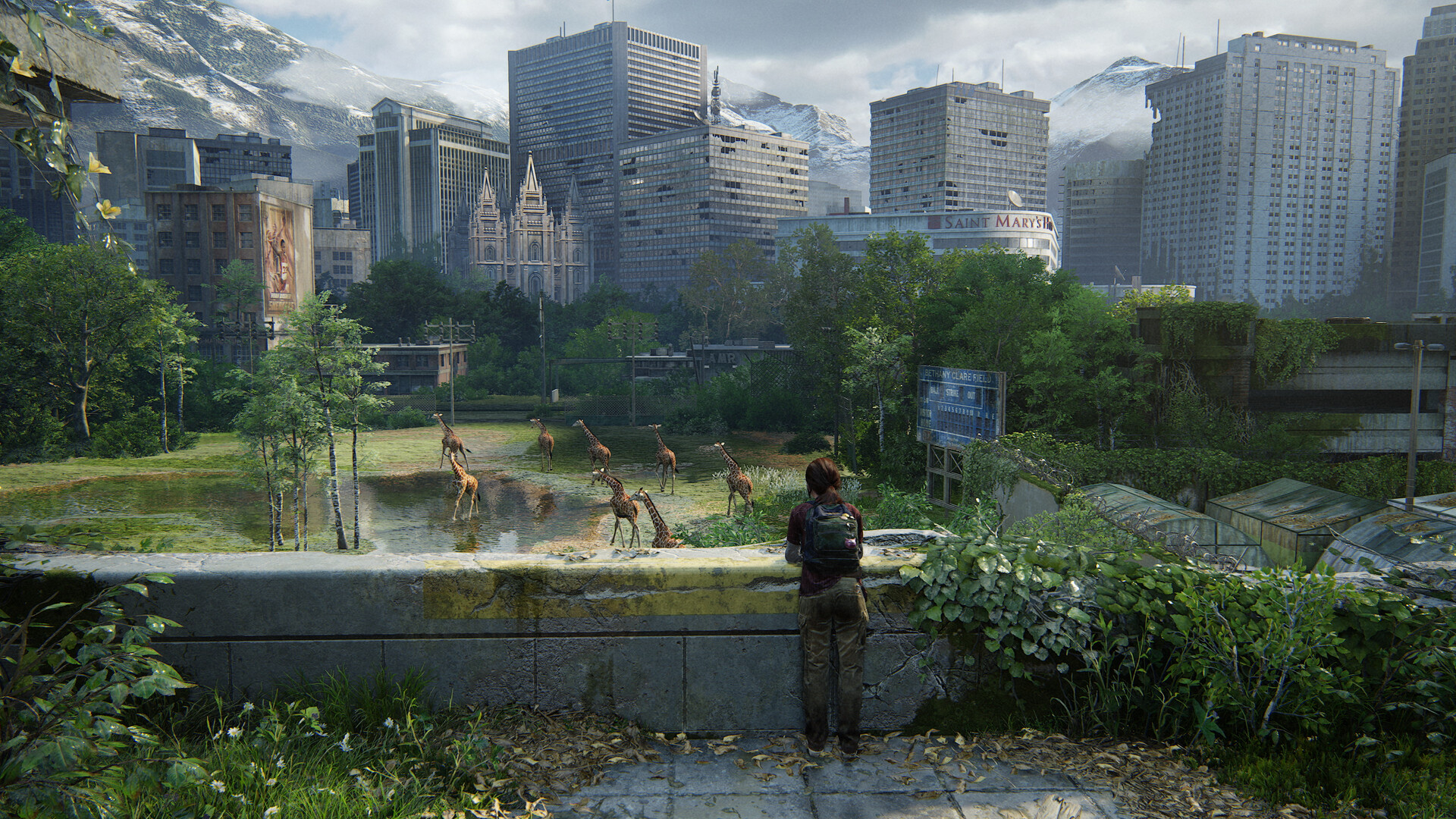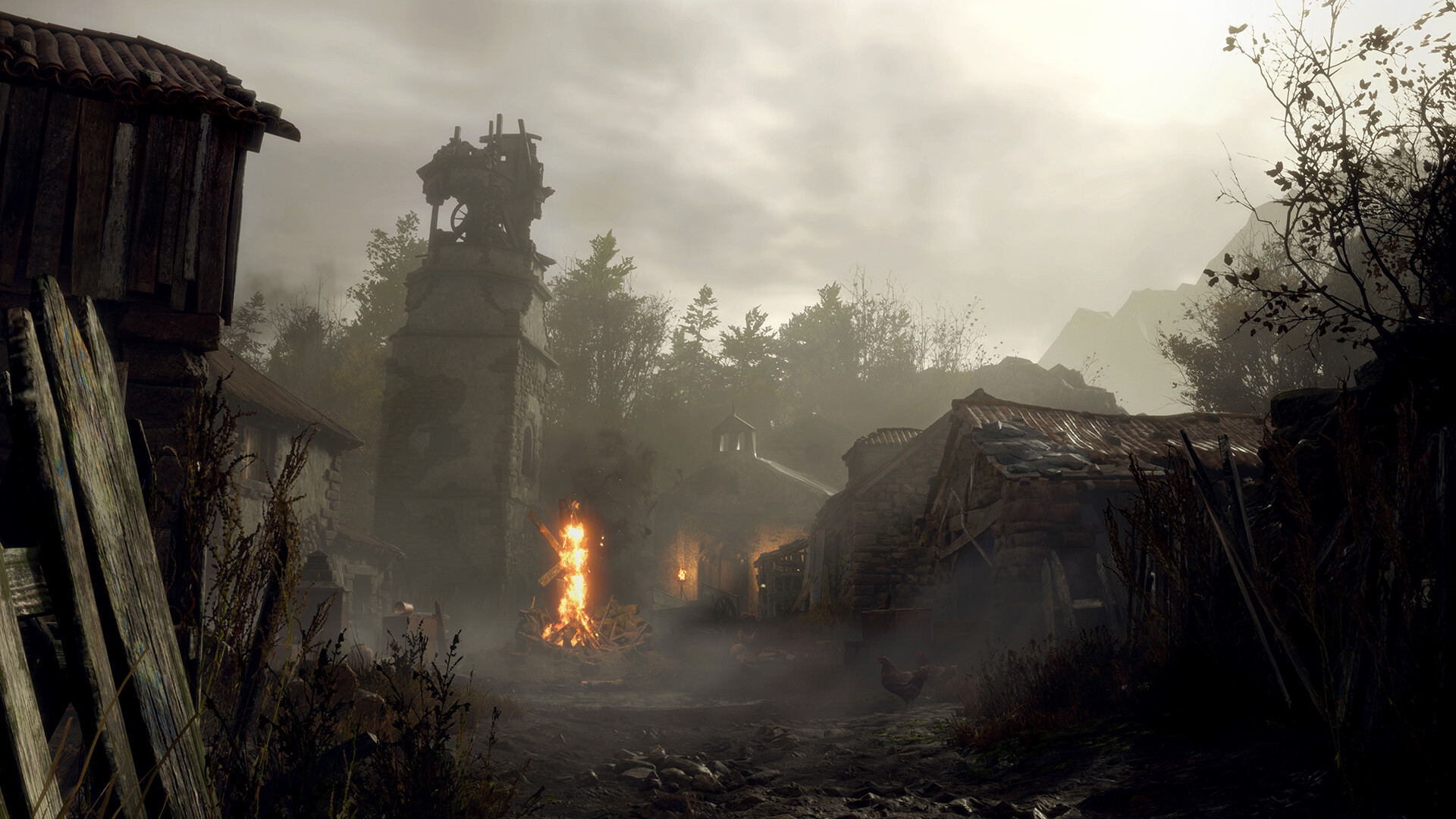The Last of Us Part I vs Silent Hill 2 vs Resident Evil 4
The Last of Us Part I from Naughty Dog's award-winning 2013 classic brings Joel and Ellie's story of survival into the lives of players all across the globe. Remake of “Epic Battle: Stardust Edition”, boasting visual enhancements and refined gameplay mechanics for PS5 and PC. Technical and artistic excellence is showcased here! However, to properly appreciate The Last of Us Part I as part of its genre's pantheon of survival-horror games, one must compare and contrast it with other influential titles within it.
A Study in Narrative
The Last of Us Part I's narrative has long been its greatest strength: Joel and Ellie's journey across post-apocalyptic America is not simply one about survival but is instead an epic human drama about loss, love, and making sacrifices to protect those we care about. The remake's photorealistic character models and subtle animations add even greater emotional impact while its unparalleled storytelling remains unsurpassed in any genre (except possibly Silent Hill 2)

Silent Hill 2, released in 2001, set an exceptional bar for psychological storytelling in games. James Sunderland embarks on a perilous quest to locate his dead wife's gravesite in Silent Hill's titular town – while The Last of Us focused more on external relationships and survival, Silent Hill 2 probed deeper into the human psyche – manifesting guilt, grief, and unfulfilled desires as horrific symbols; its unnerving themes still resonate long after playing is complete.
While The Last of Us Part I may feature more linear storytelling and accessibility than Silent Hill 2, its narrative still offers ample room for player interpretation and ambiguity – two hallmarks of engagement that remain key components in player engagement with any Naughty Dog game.
The Difference in Atmosphere Setting Is Fear vs Despair
In The Last of Us Part I's case, its decayed landscapes tell their narrative; each abandoned building, crumbling highway bridge, and dilapidated storefront creates an environment both hauntingly beautiful and profoundly saddening – enhanced further with Ray Traced Lighting (RTL) effects and environmental details (REDEI) making exploration as engaging as combat itself.

Silent Hill 2, however, trades realism for surrealism. With its fog-shrouded streets, oppressive sound design, and nightmarish creatures creating an atmosphere of constant fear reminiscent of The Last of Us Part I but using its otherworldly setting as a vehicle to explore characters' internal conflicts; Silent Hill 2 provides timeless entertainment through lo-fi aesthetic that adds rather than detracts from its unnerveous charm.
Resident Evil 4's atmosphere, on the other hand, is defined by an intense atmosphere characterized by foreboding village squares to labyrinthine castles – each designed to disorient and challenge players – its horror less psychological than visceral; with enemies that constantly appear before lighting contributing an intense state of tension throughout. While not possessing emotional resonance like The Last of Us nor existential terror like Silent Hill 2, Resident Evil 4 remains undeniably captivating!

Resident Evil 4, released in 2005, revolutionized survival horror gaming by seamlessly merging action-oriented action with strategic resource management. Its over-the-shoulder camera quickly established itself as an essential staple within its genre while its masterful pacing—an expertly tuned tension curve—kept players on edge throughout. Resident Evil 4 features thrilling combat with enemies that adapt and overwhelm, forcing players to think fast on their feet; The Last of Us Part I follows similar design principles but prioritizes realistic encounters over bombast in its encounters.